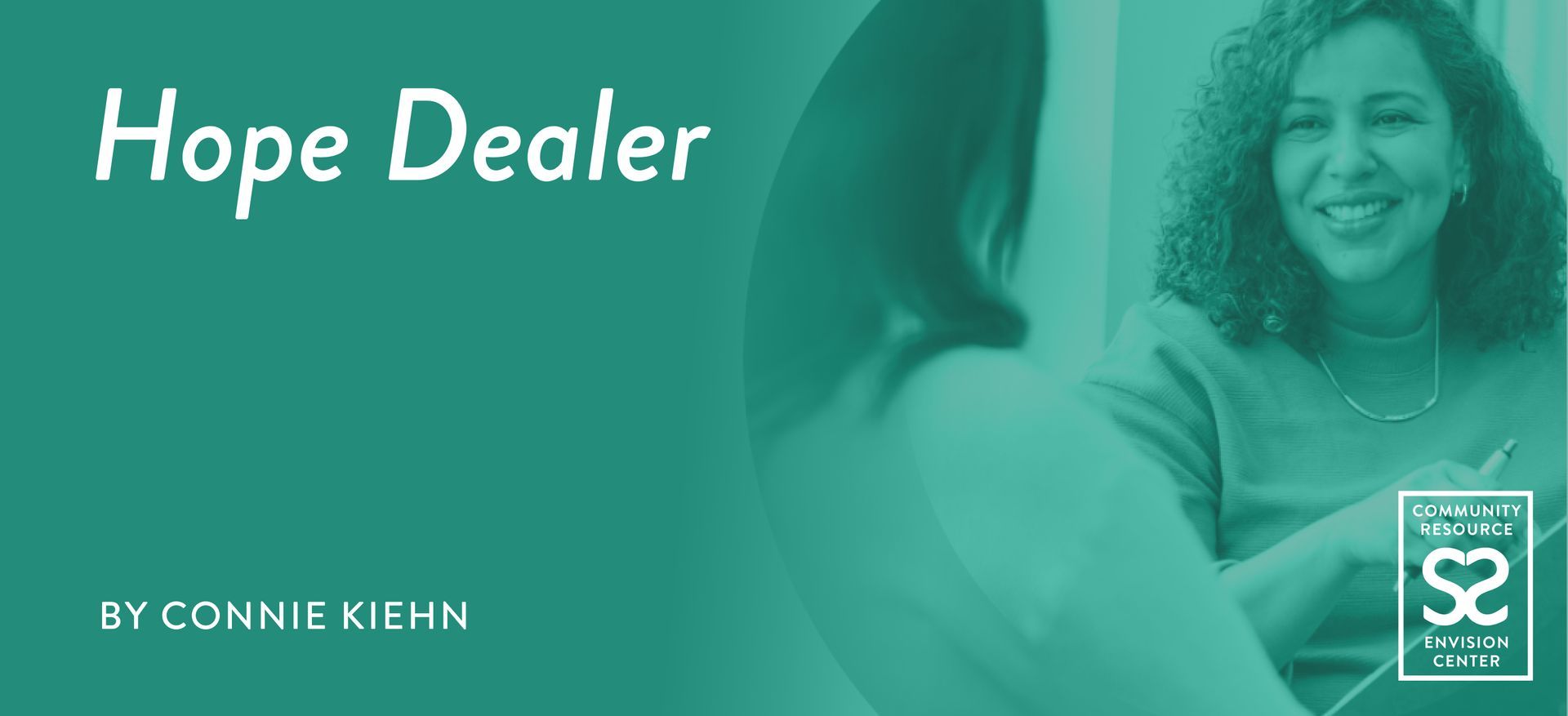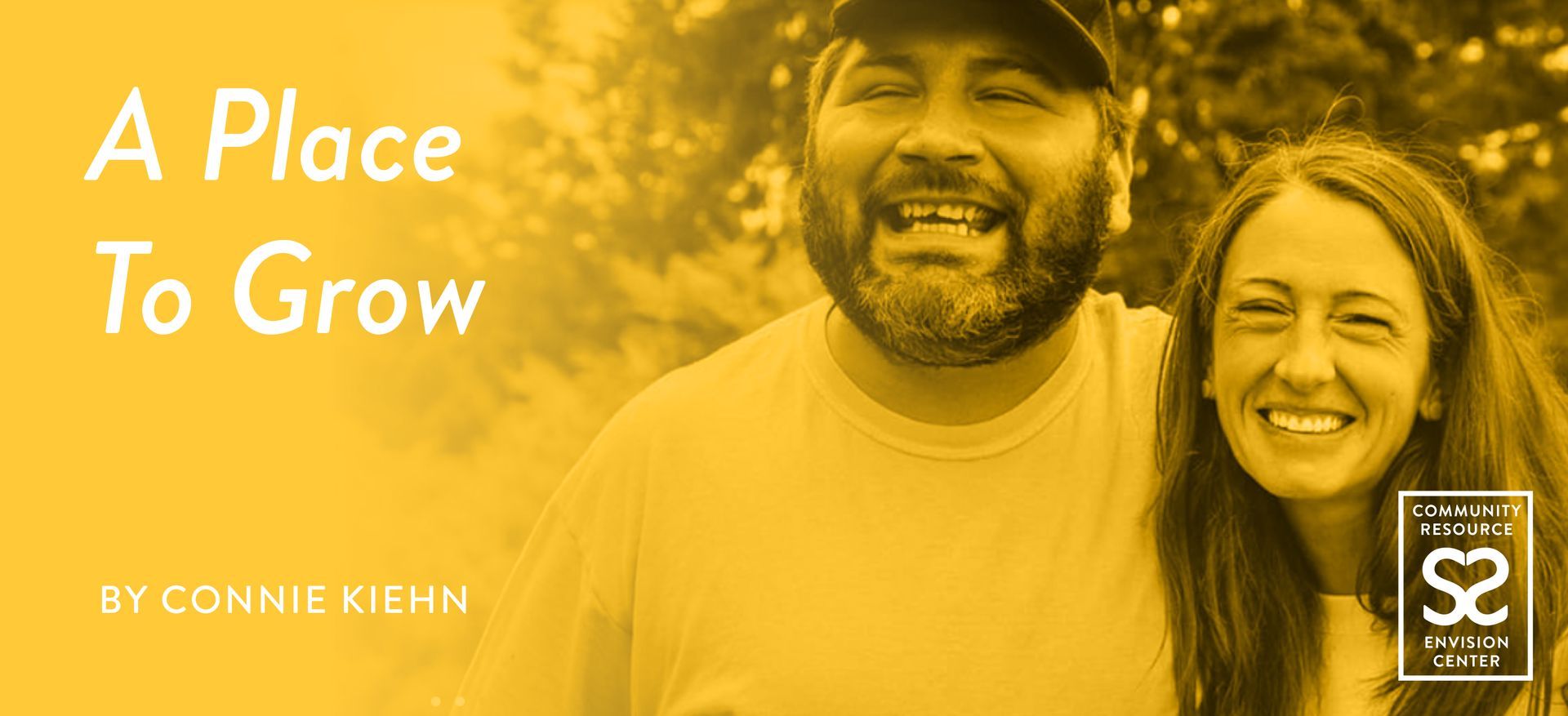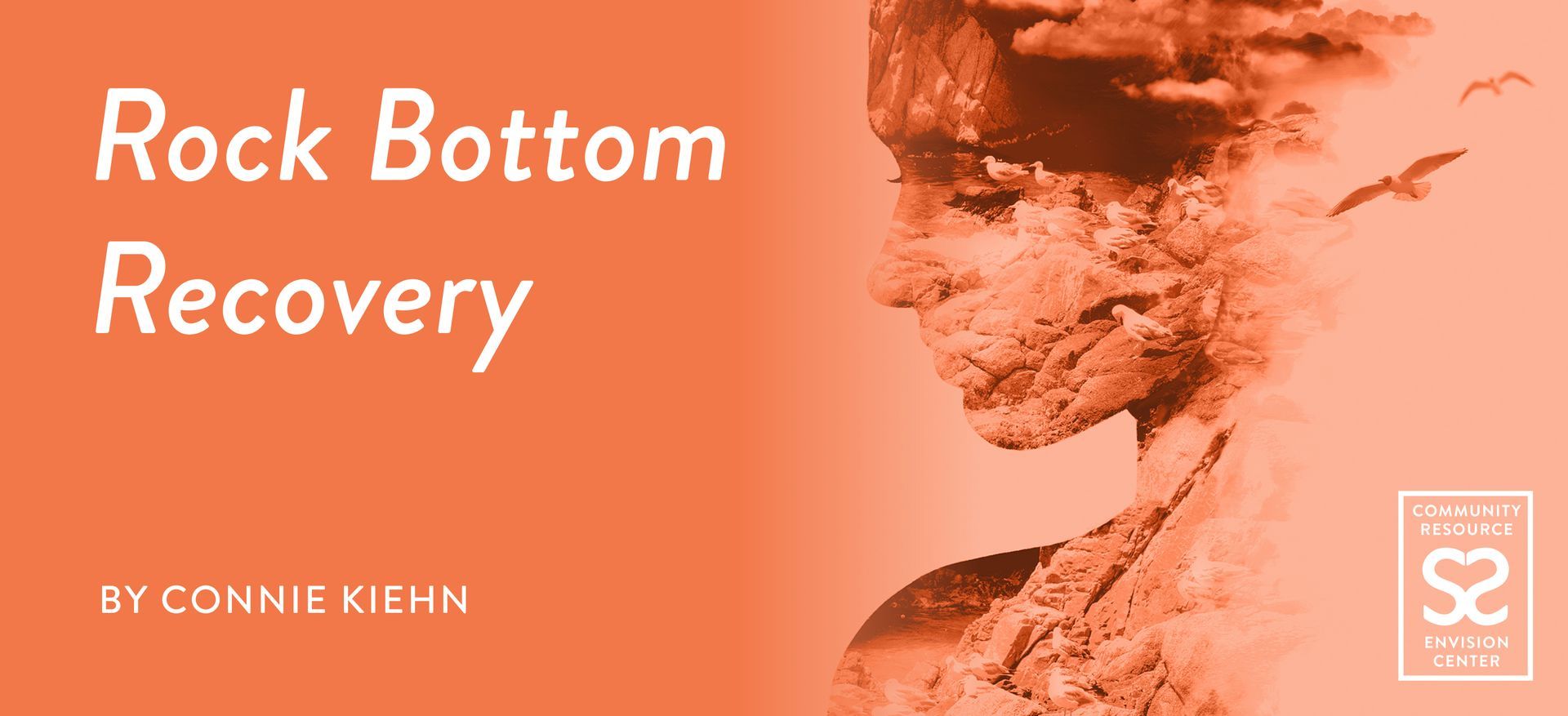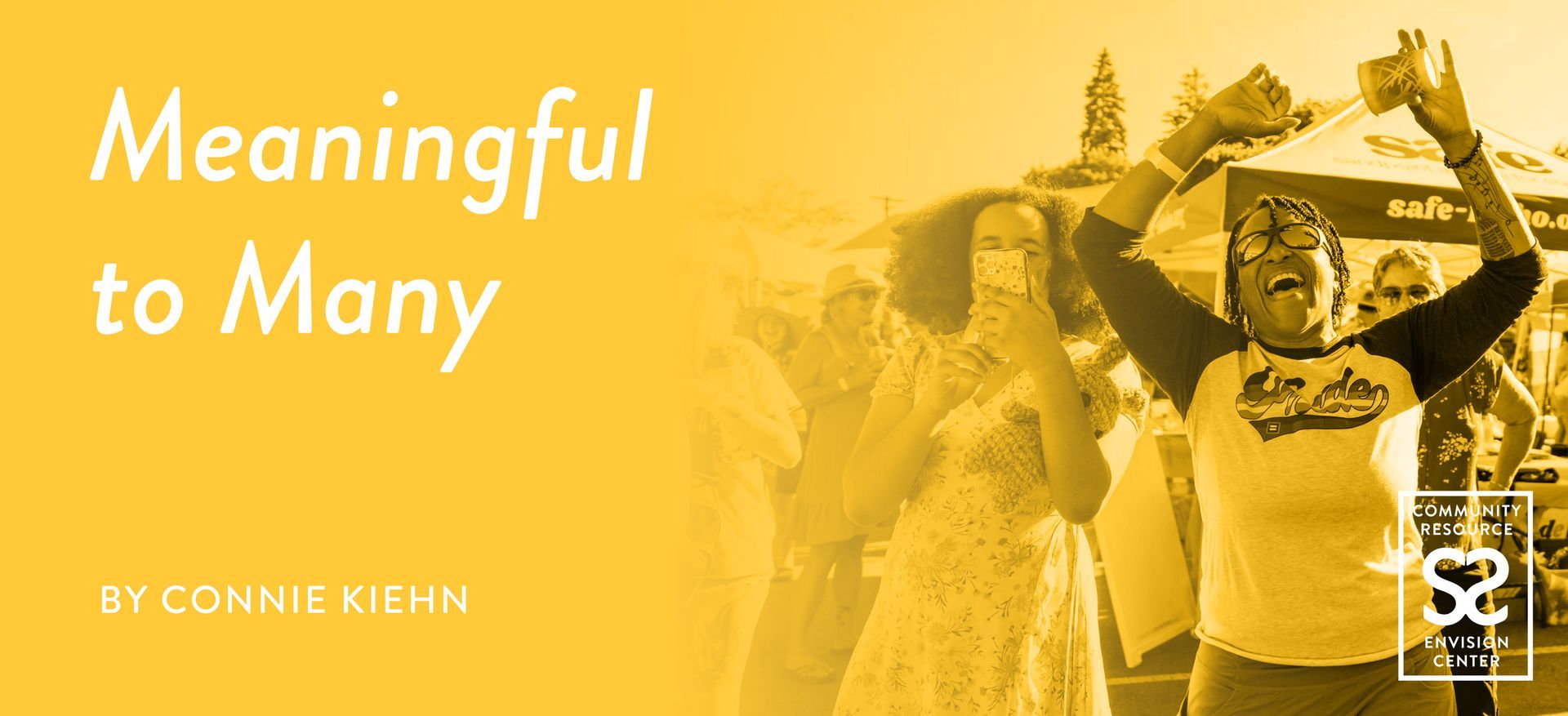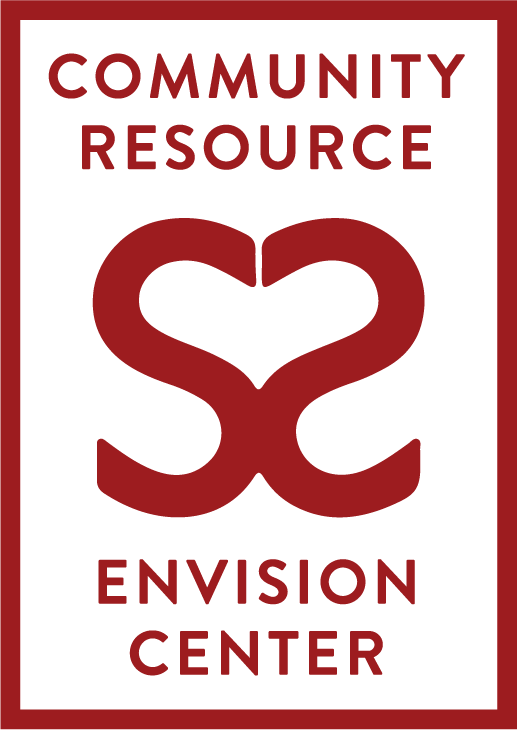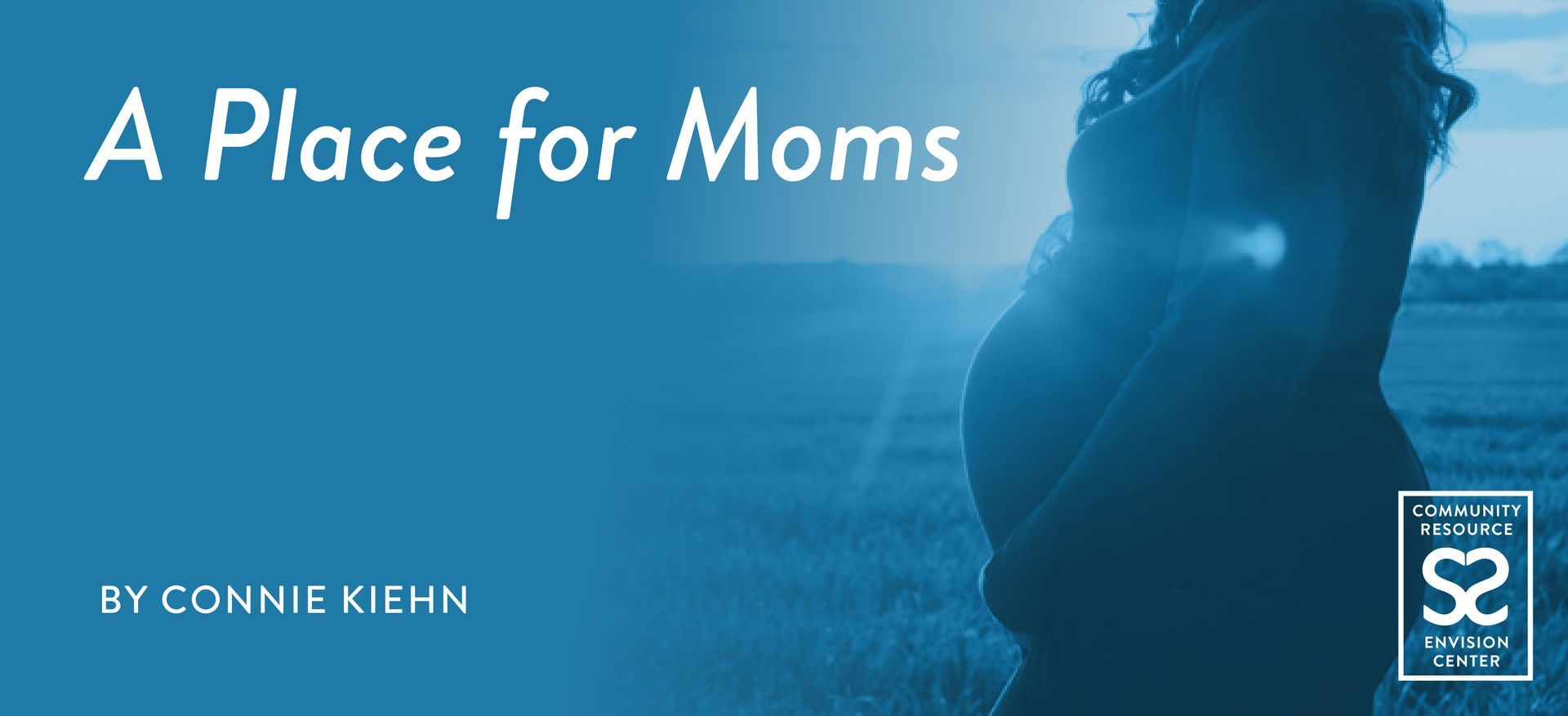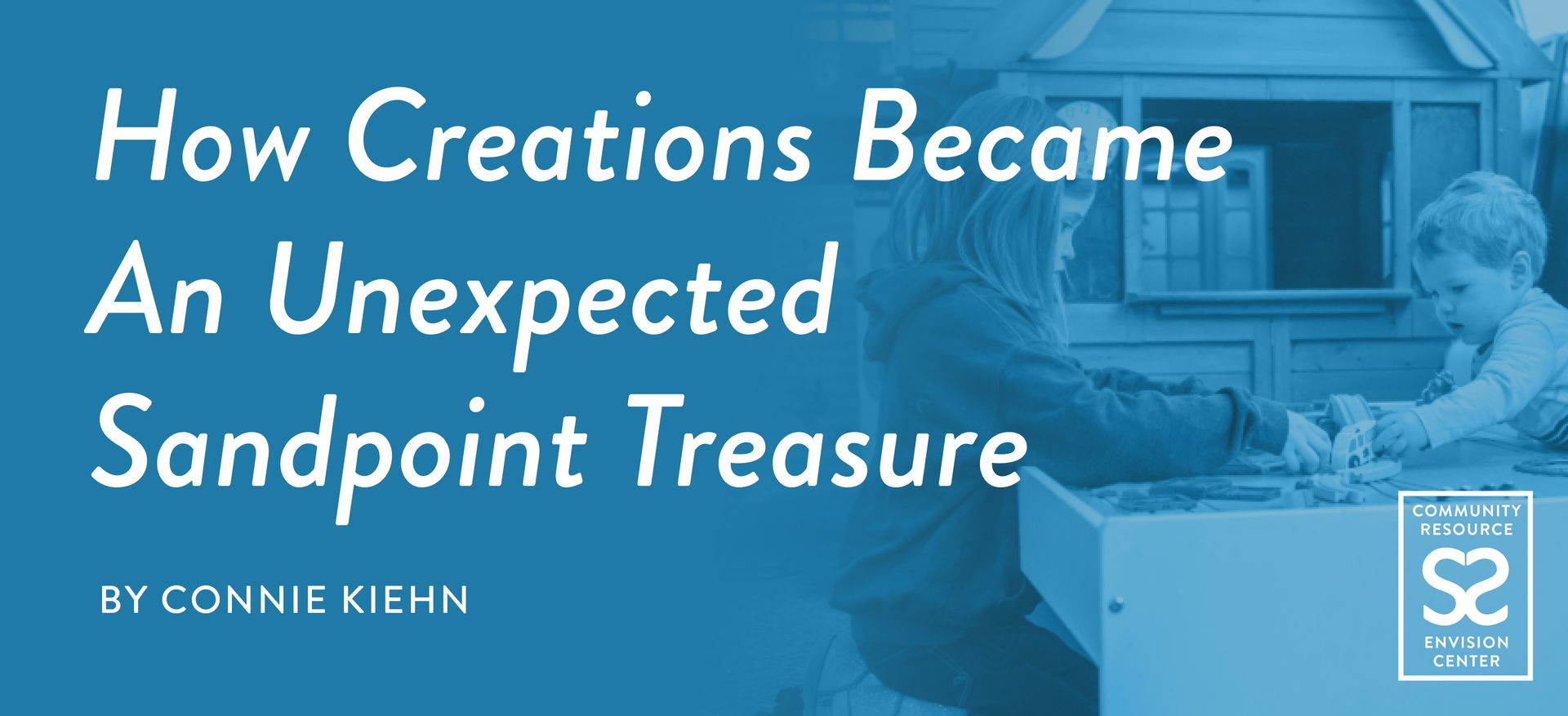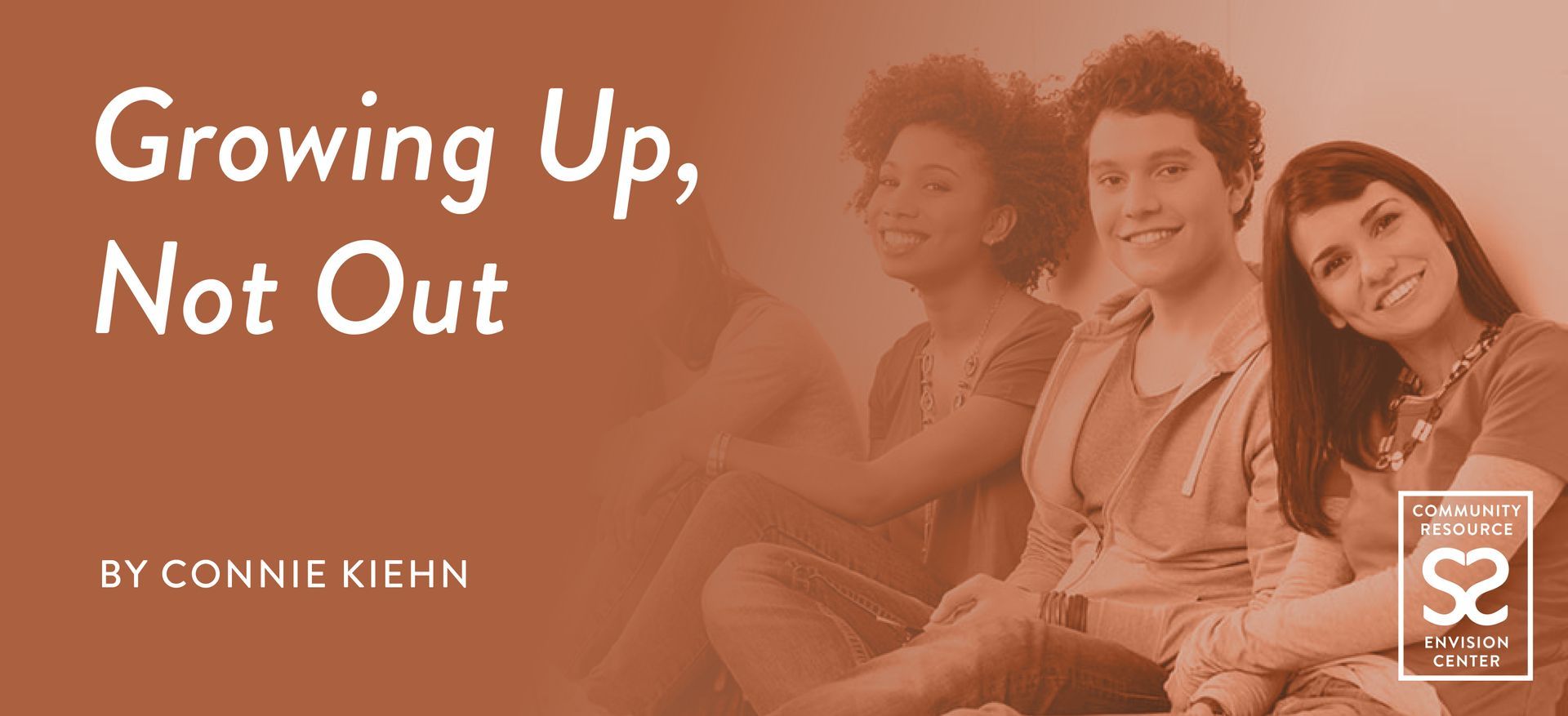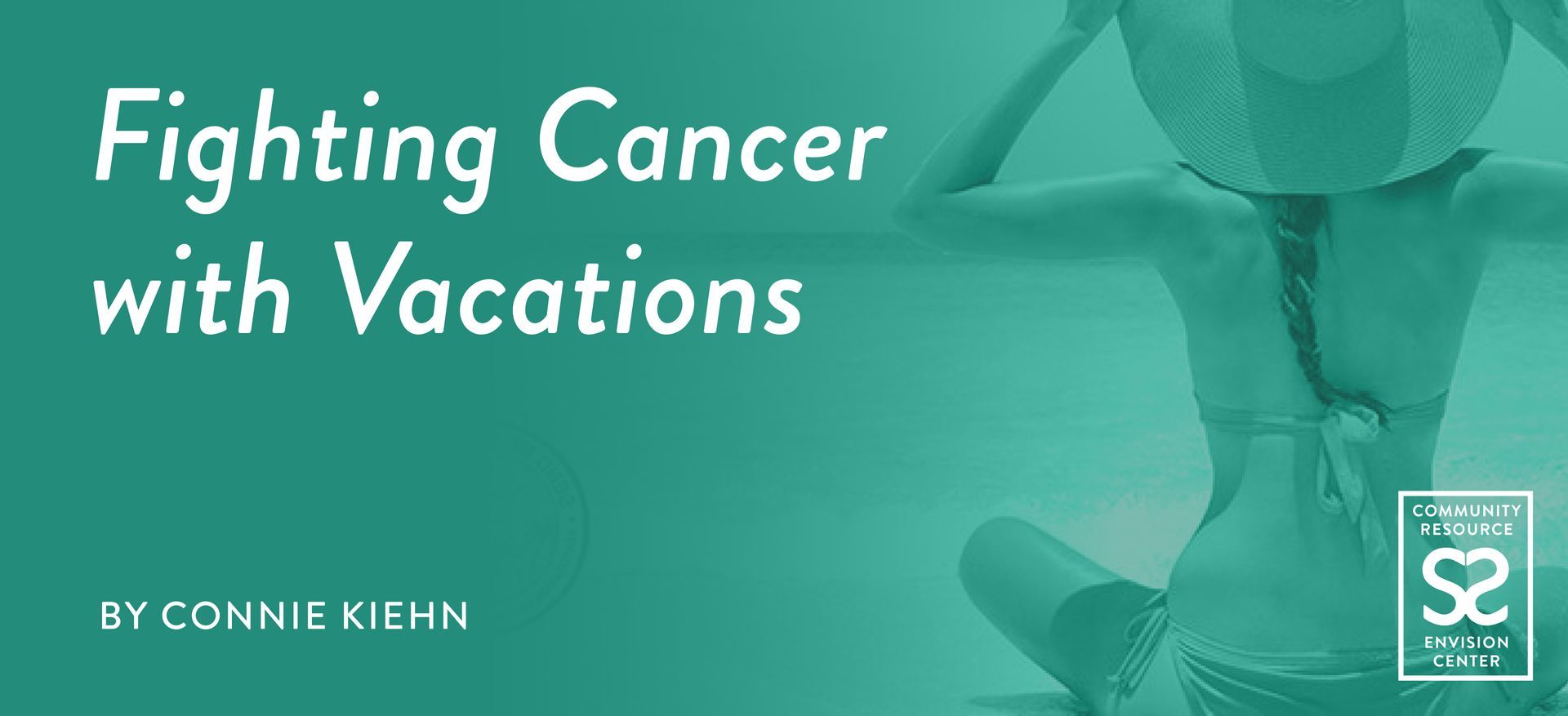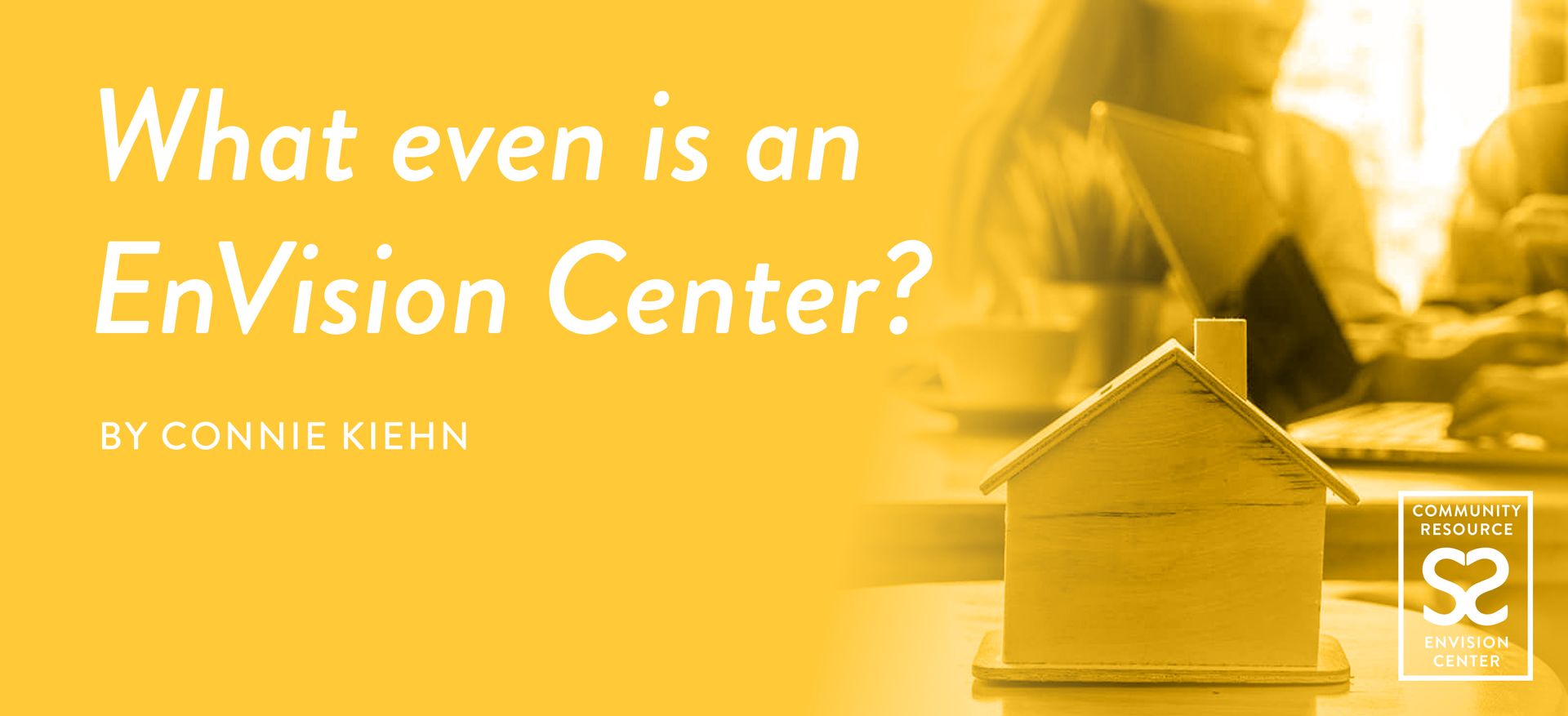
Envision /ĕn-vĭzh′ən/: To picture in the mind; imagine. To conceive or see something within one's mind. To imagine possible. Picture to oneself; imagine.
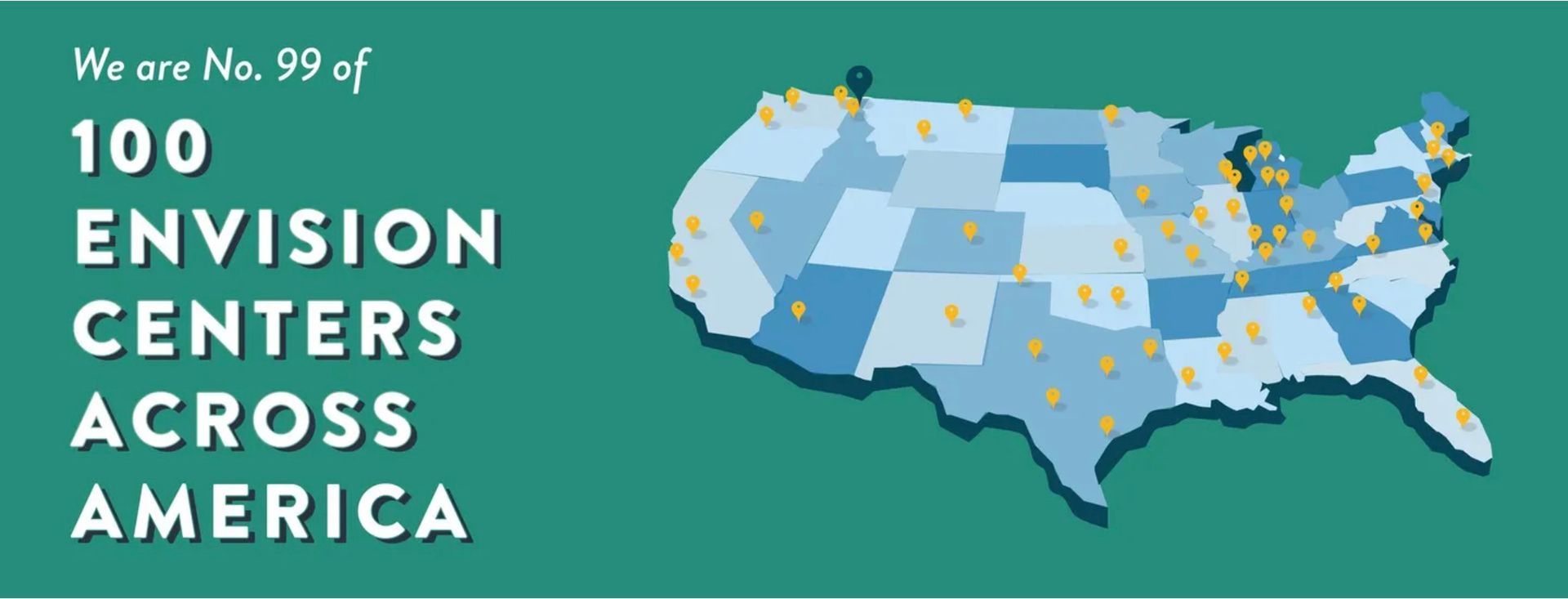
In today's rapidly changing world, community support and access to essential resources are more crucial than ever. EnVision Centers stand as beacons of empowerment across America, offering centralized hubs where individuals and families can find the tools and support they need to thrive. But what exactly is an EnVision Center, and how does it make a difference?
What is an envision center?
EnVision Centers are community-driven initiatives, strategically placed in neighborhoods across the nation, to provide comprehensive support and resources to residents. They serve as holistic service centers, addressing a wide spectrum of needs under four key pillars: economic empowerment, educational advancement, health and wellness, and character and leadership development.
The Four Pillars of EnVision Centers:
- Economic Empowerment: Enabling individuals to enhance their economic stability through access to employment services, financial literacy programs, and entrepreneurial resources.
- Educational Advancement: Partnering with both public and private organizations to offer innovative educational opportunities that empower individuals to achieve their academic and career goals.
- Health and Wellness: Improving access to healthcare services and promoting wellness initiatives to enhance the overall health outcomes of individuals and families.
- Character and Leadership: Fostering personal growth and community engagement through volunteerism, mentoring programs, and leadership development activities.
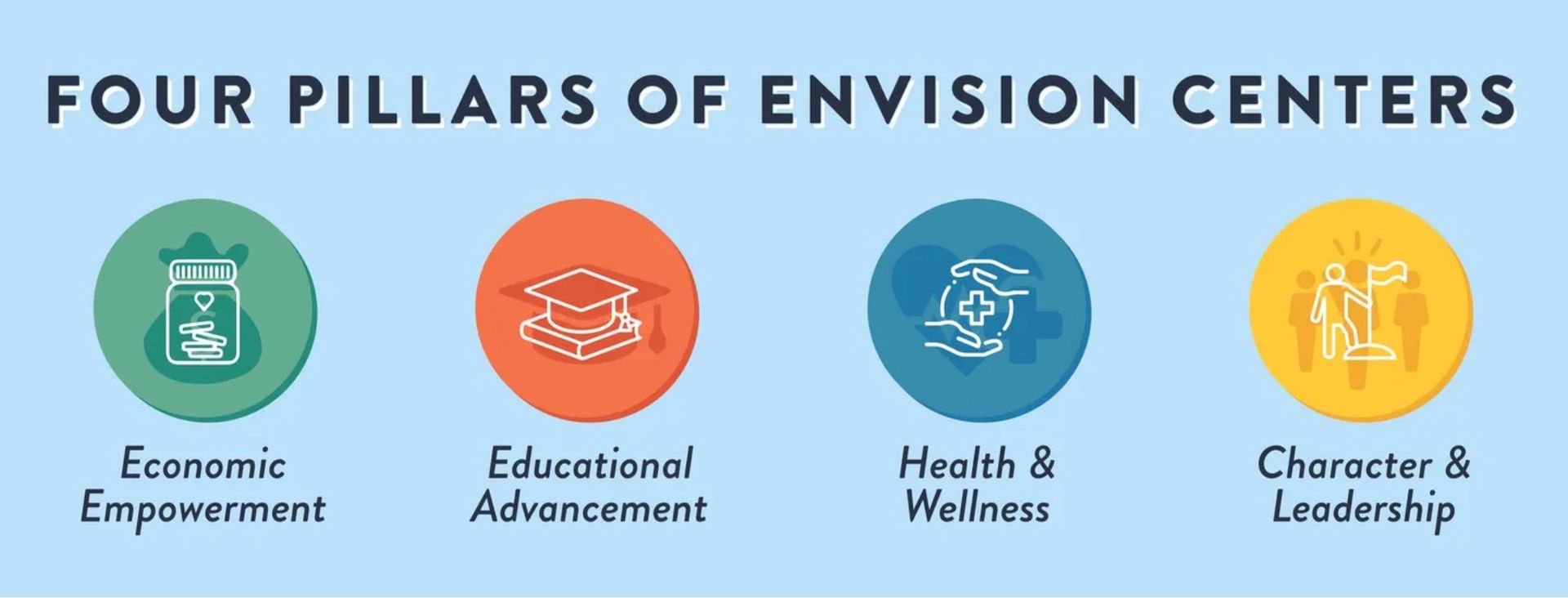
the impact of our envision center
The impact of EnVision Centers is gauged not only by statistics, but by the tangible transformations in people's lives. CREC has connected 286 clients to emergency housing assistance, facilitated $657,720 connected to local landlords with tenants facing eviction, served 615 clients while meeting 901 needs, and engaged 97 volunteers in various community service efforts. Moreover, we have collected over 250 gifts for foster children and raised $17,870 for local nonprofit partners, all while supporting over 562 nonprofit and community partners through our SPIN network.
Embracing the Future with EnVision Centers
EnVision Centers have become integral parts of their communities, catalyzing positive change through a variety of impactful initiatives and partnerships. Our Community Resource EnVision Center (CREC) has been a pillar of support in Bonner County for thirteen years and is no. 99 of 100 EnVision centers across America.
Mission and Vision of CREC:
At CREC, the mission is to envision a stronger community together by empowering individuals through connection, service, and support. Our values — maximizing impact, optimizing resources, building trust, acting proactively, and collaborating effectively — underscore our commitment to making a meaningful difference in the lives of those we serve.
Making a Difference, One Connection at a Time
As we look ahead, the role of EnVision Centers continues to evolve, adapting to meet the ever-changing needs of communities nationwide. By fostering collaboration, empowerment, and resilience, these centers not only address immediate challenges but also lay the foundation for sustainable, long-term community development.
EnVision Centers embody the spirit of community solidarity and empowerment. We serve as vital hubs where individuals can find hope, support, and the resources needed to build brighter futures. Together, through dedication and innovation, EnVision Centers are shaping stronger, more resilient communities across America.
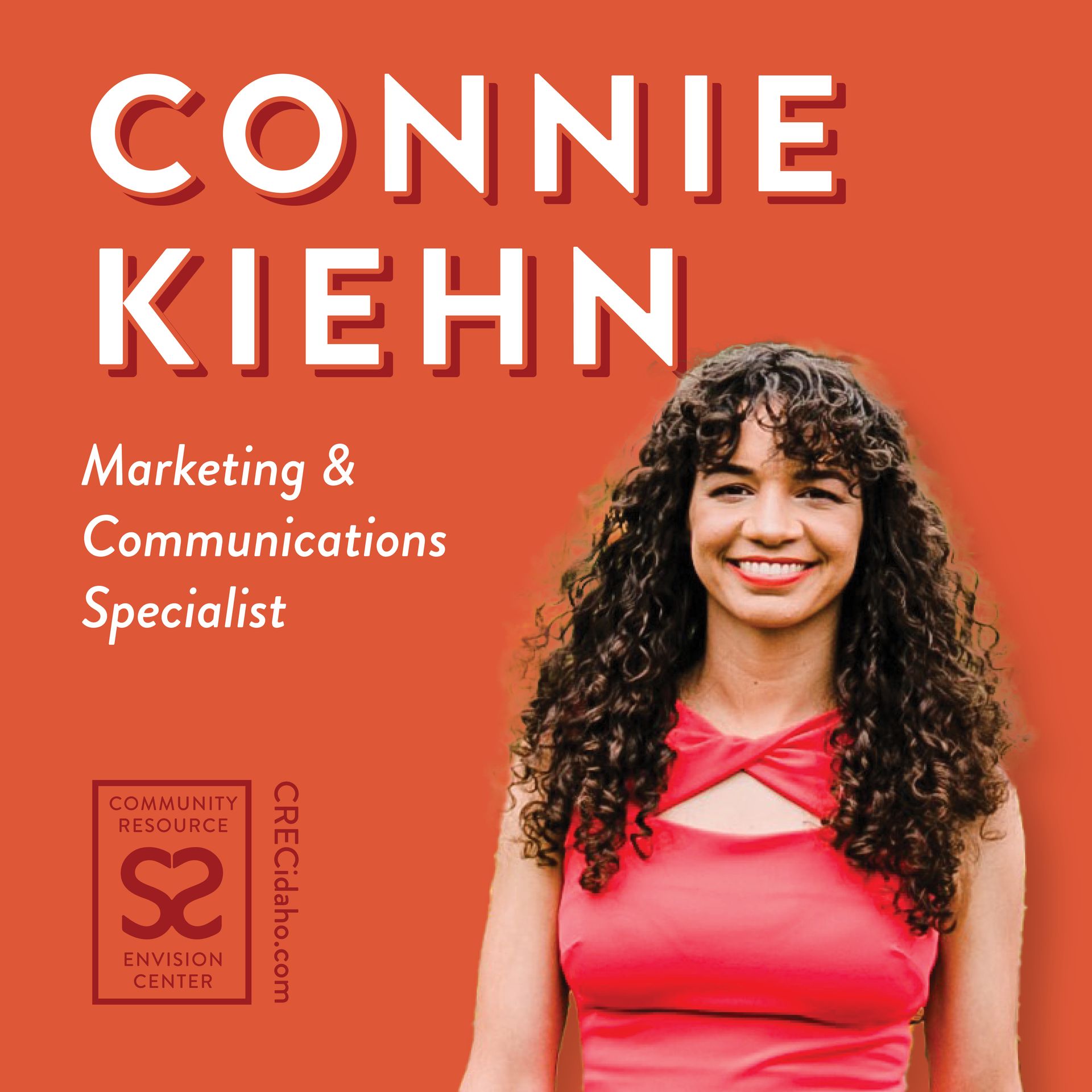
https://www.hud.gov/envisioncenters#:~:text=EnVision%20Centers%20are%20centralized%20hubs,and%20support%20needed%20to%20excel.

